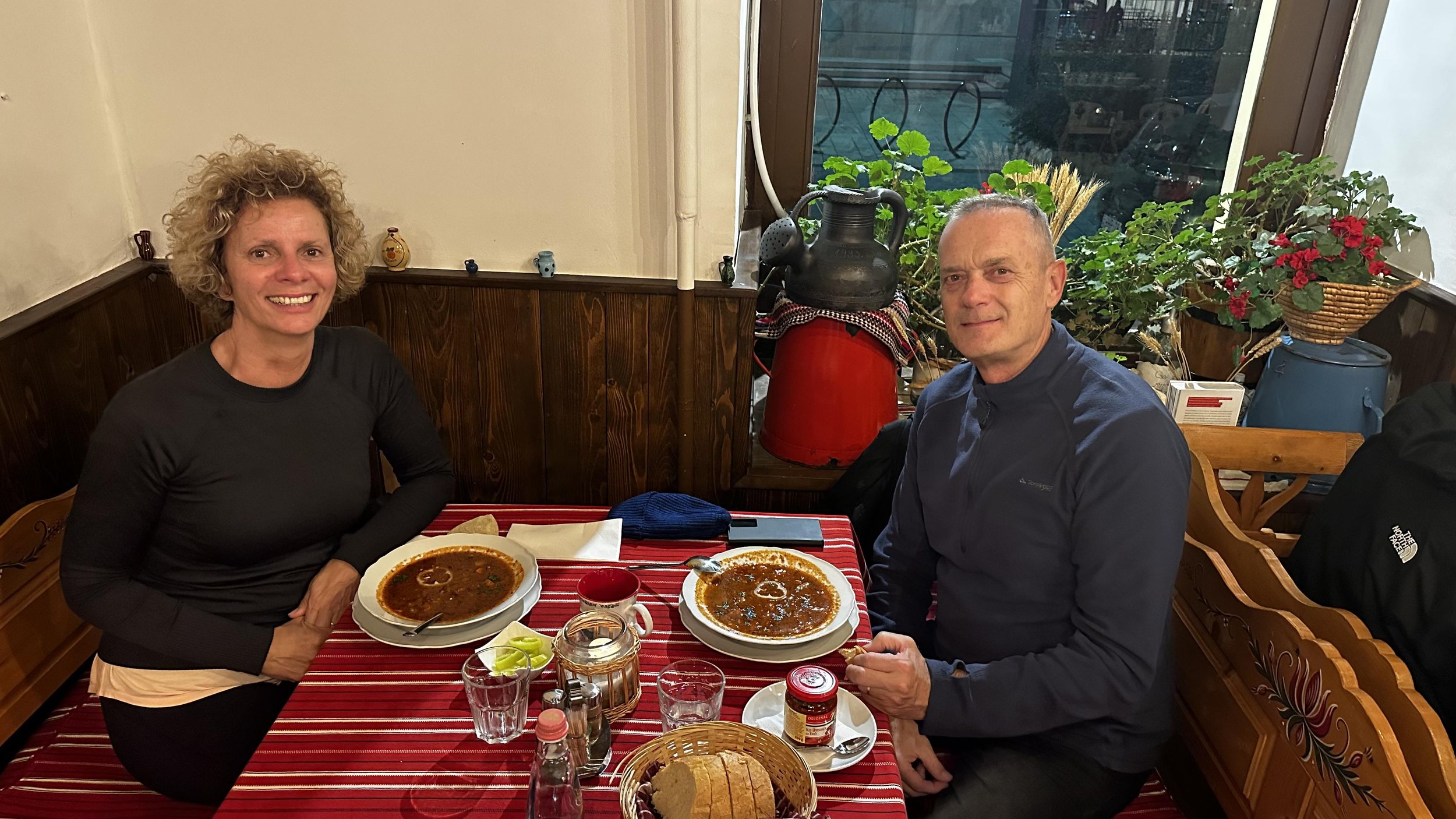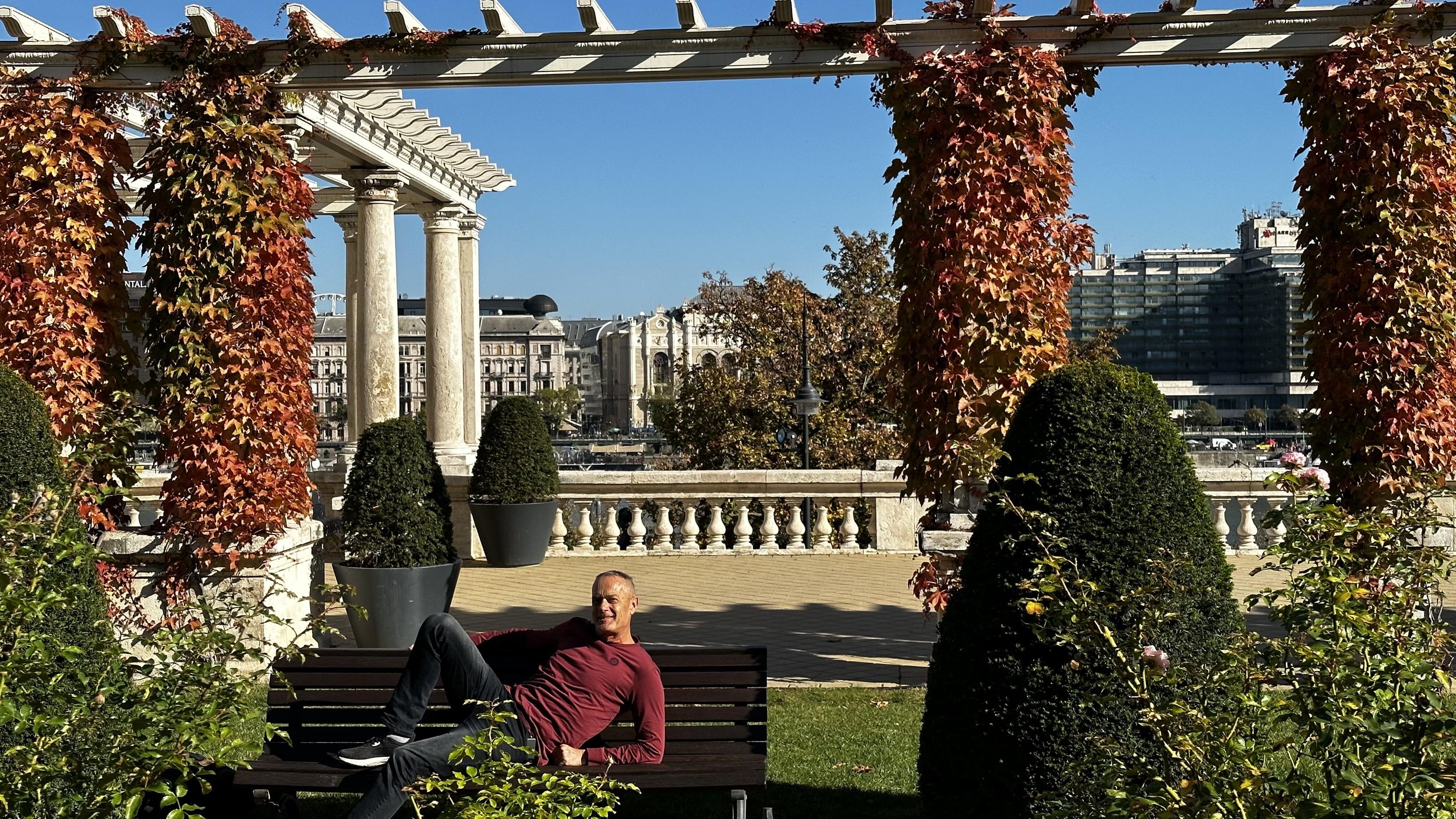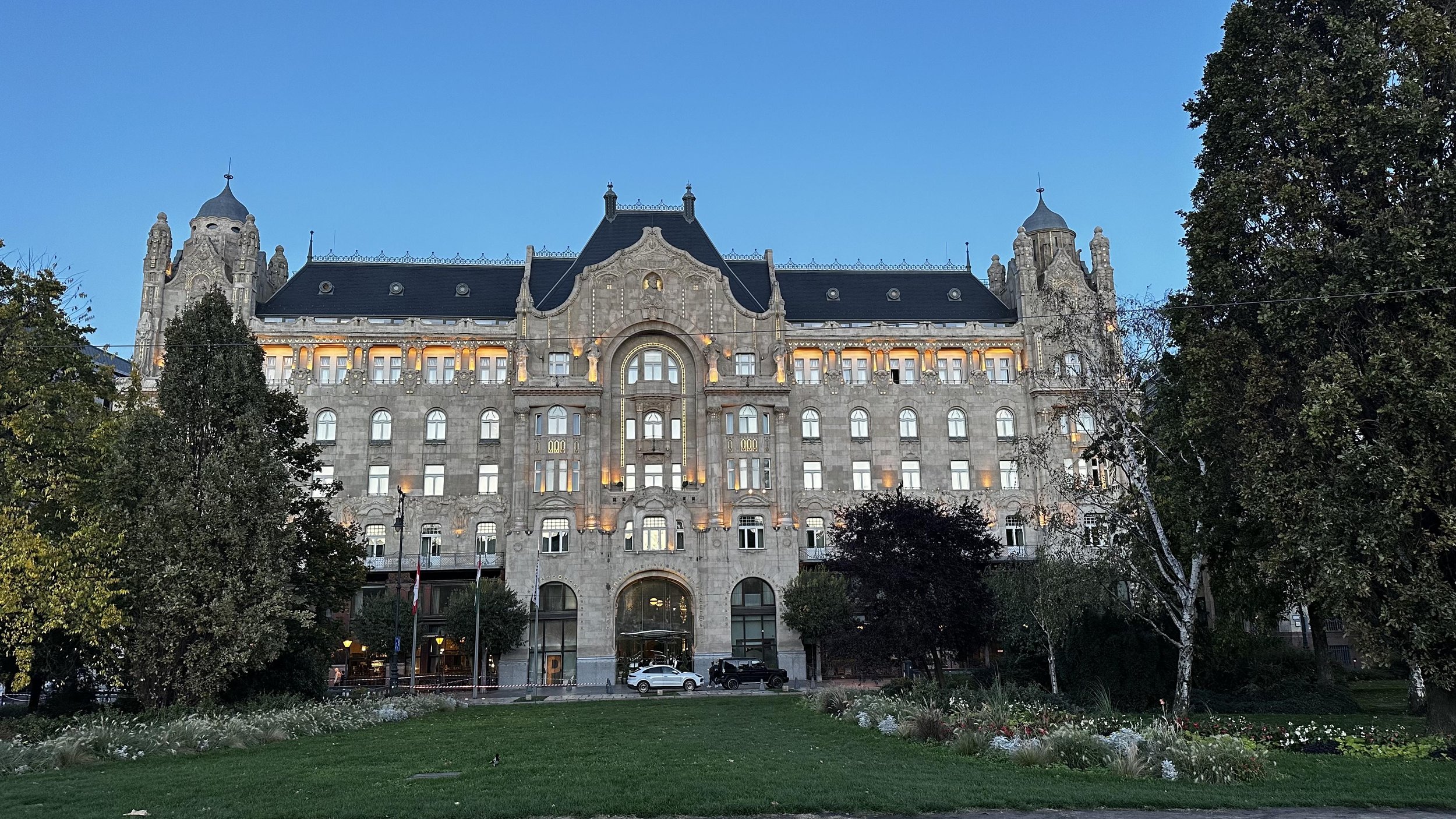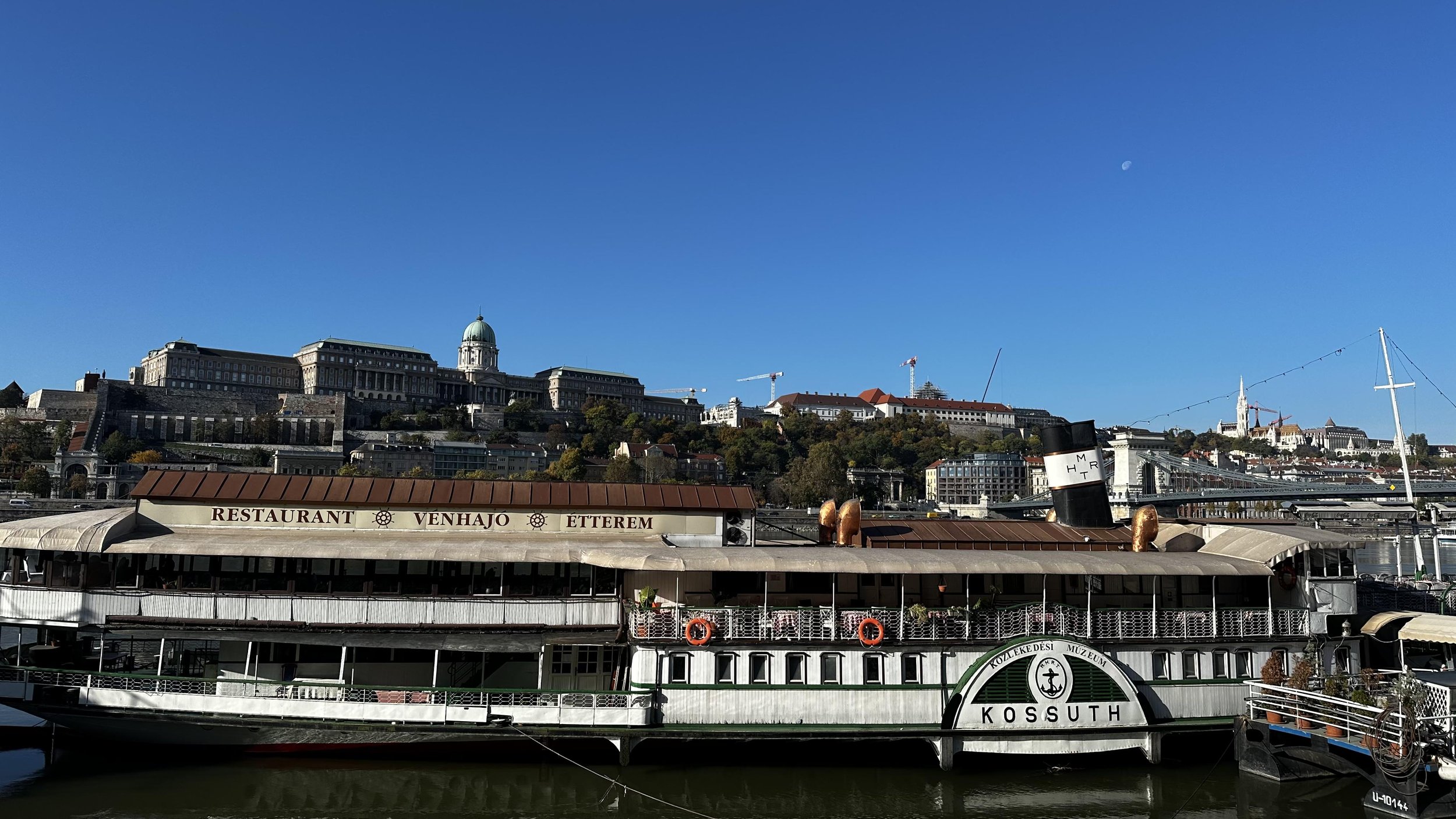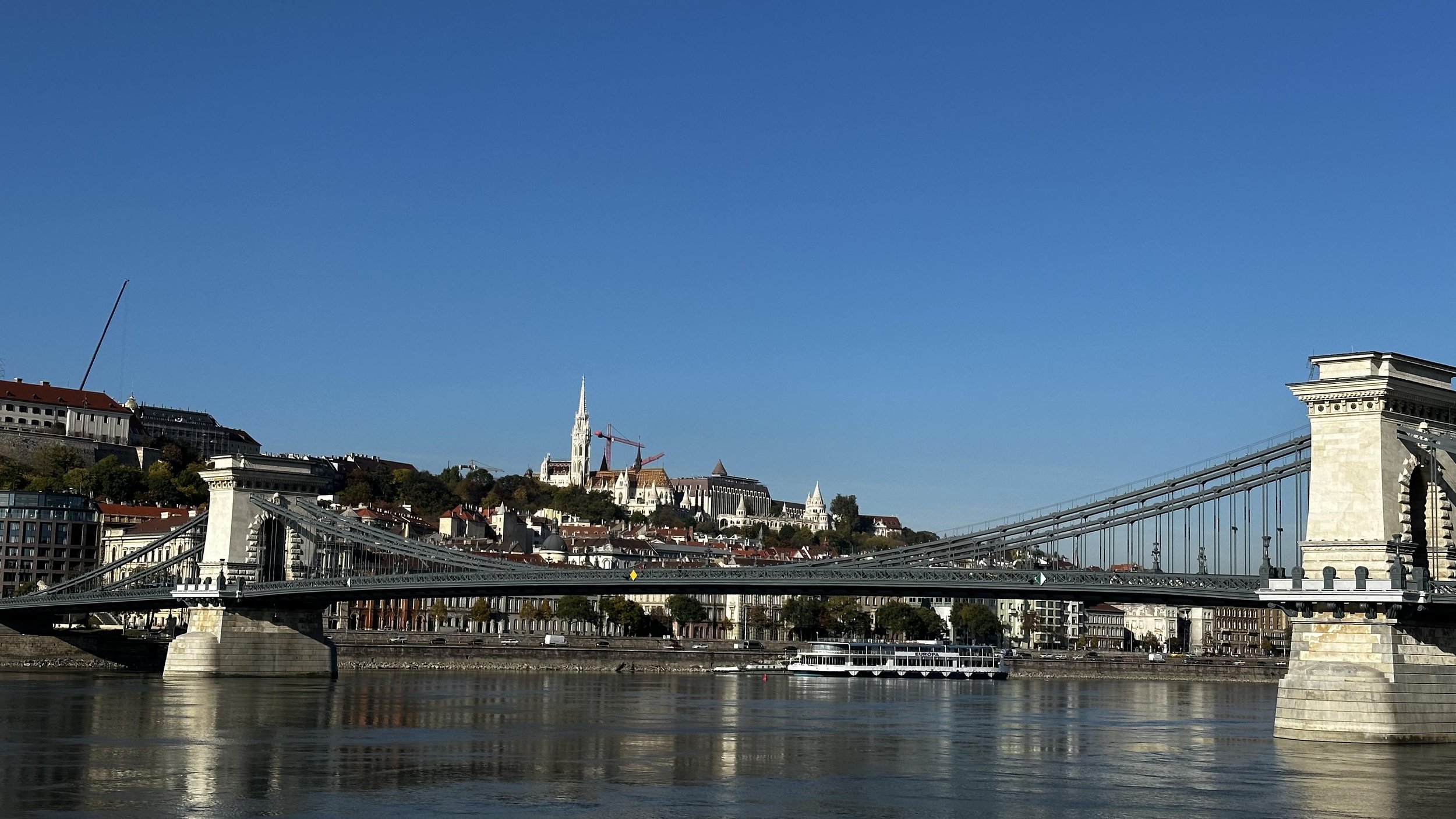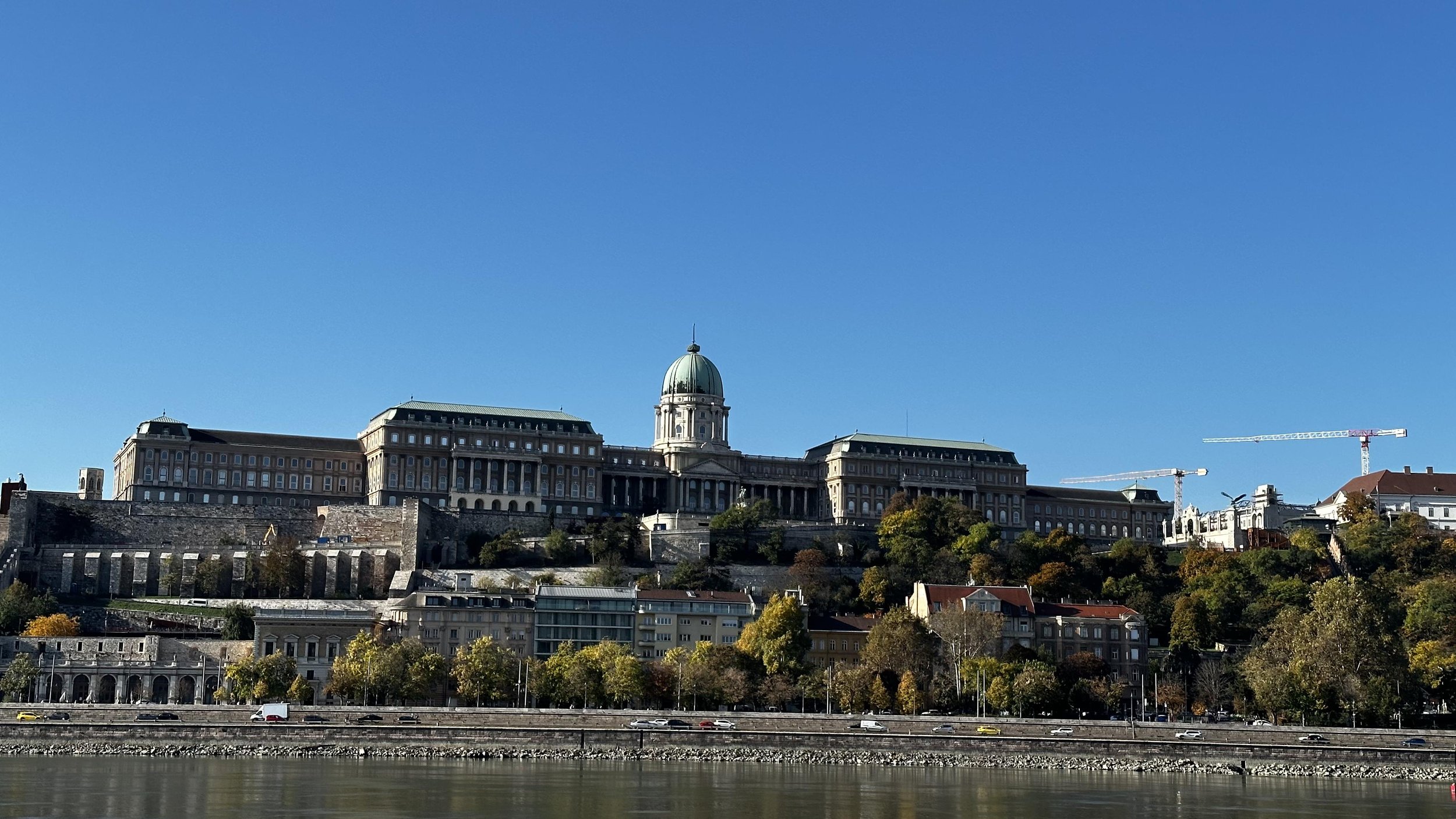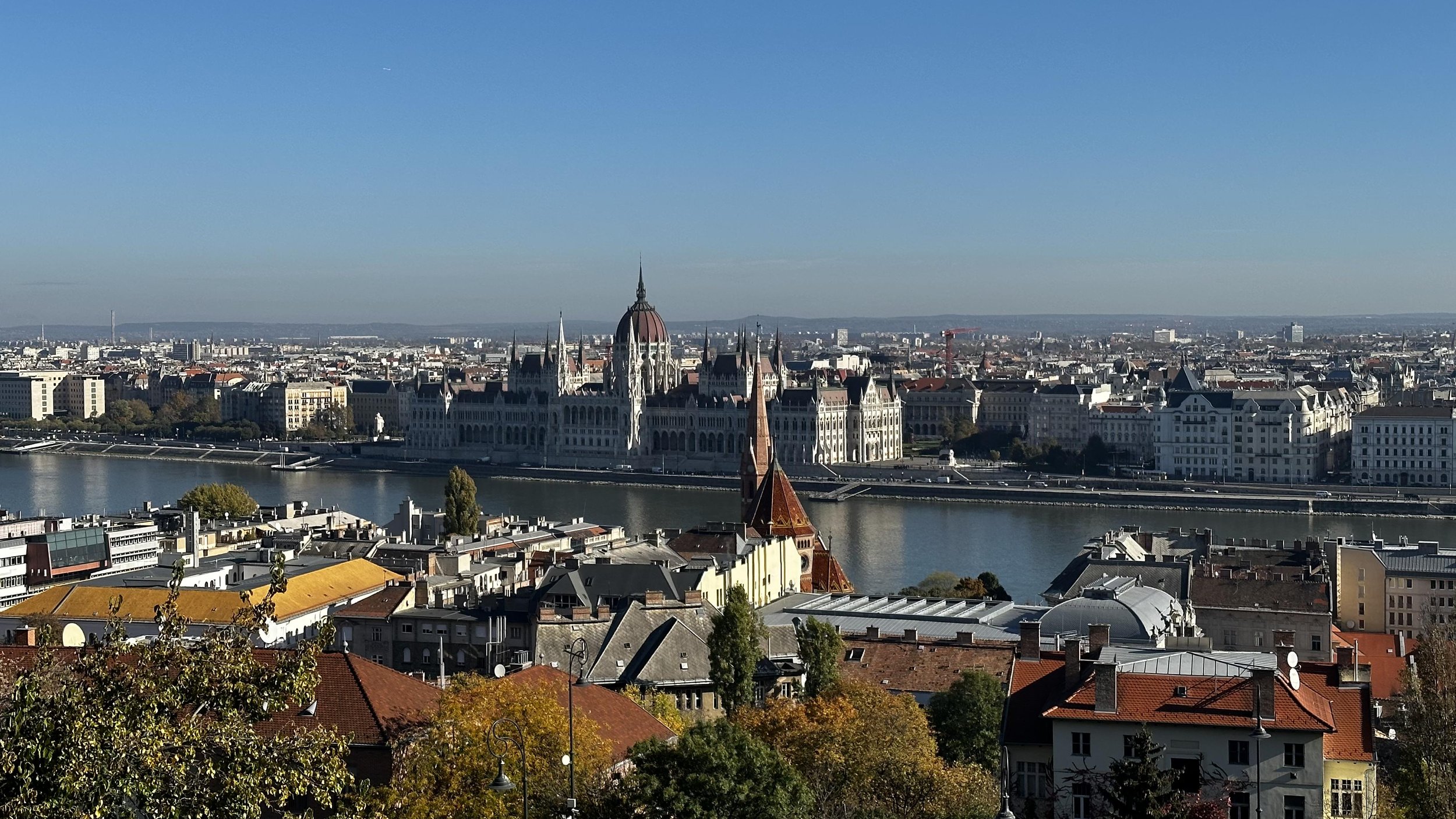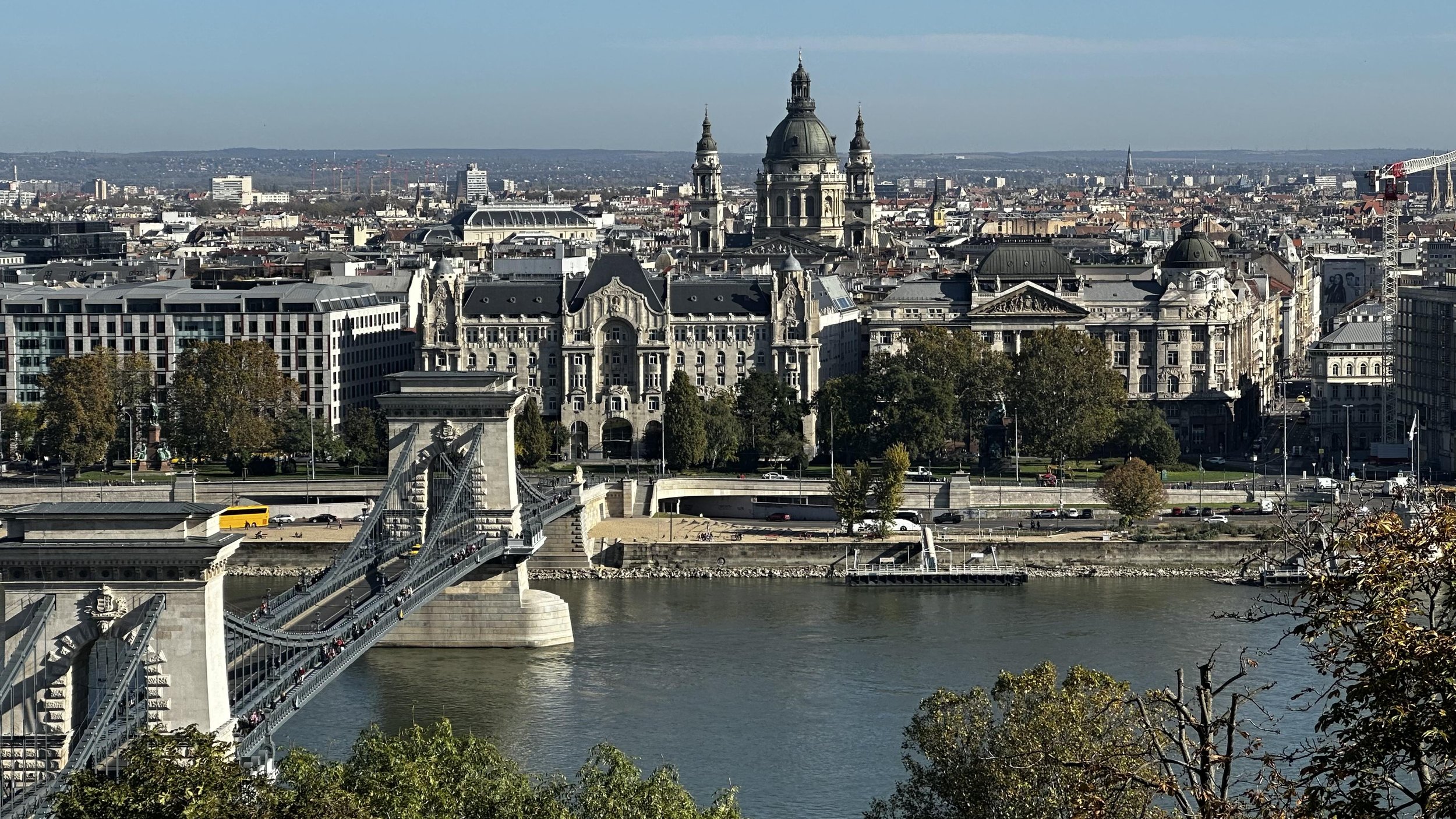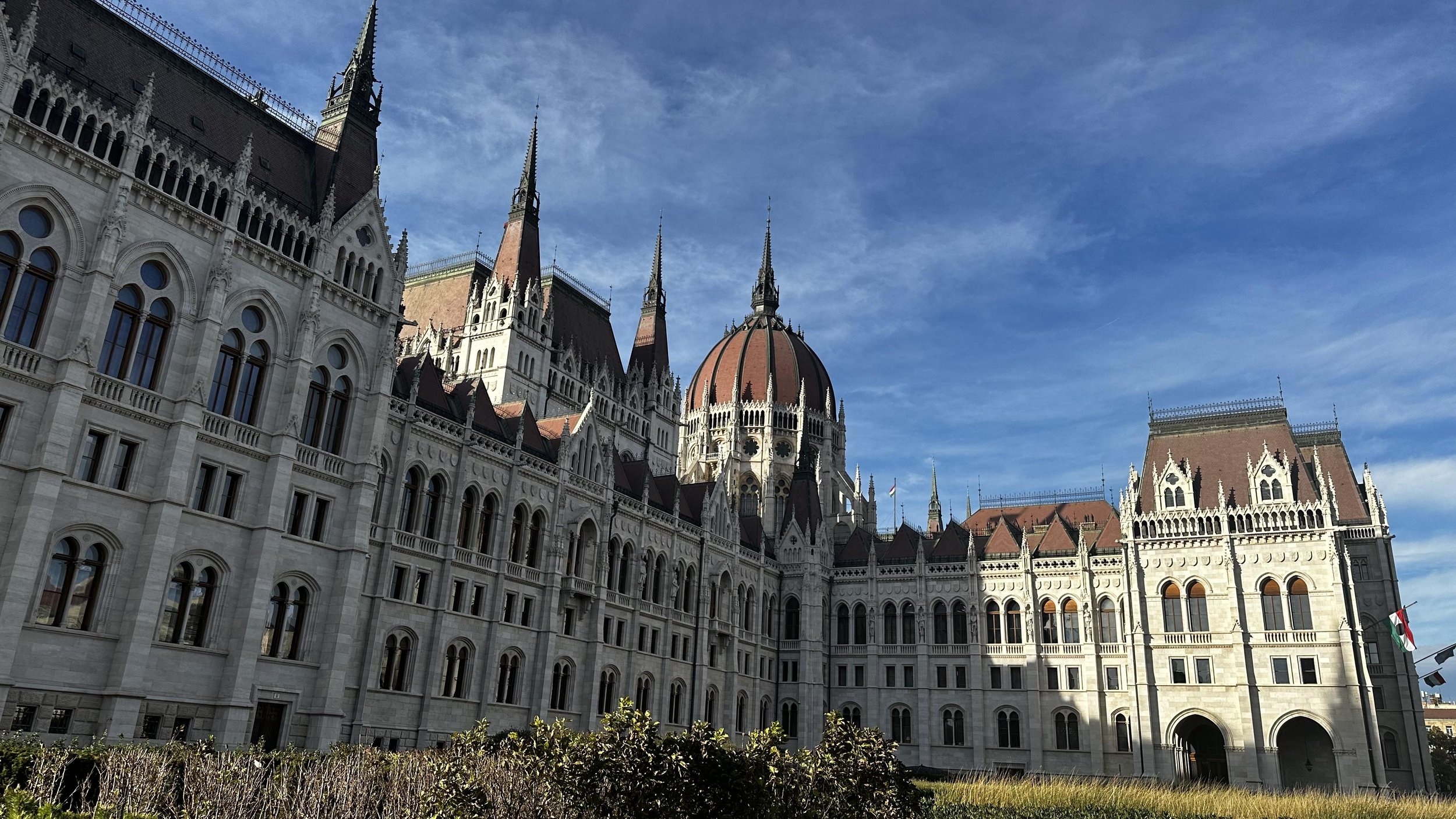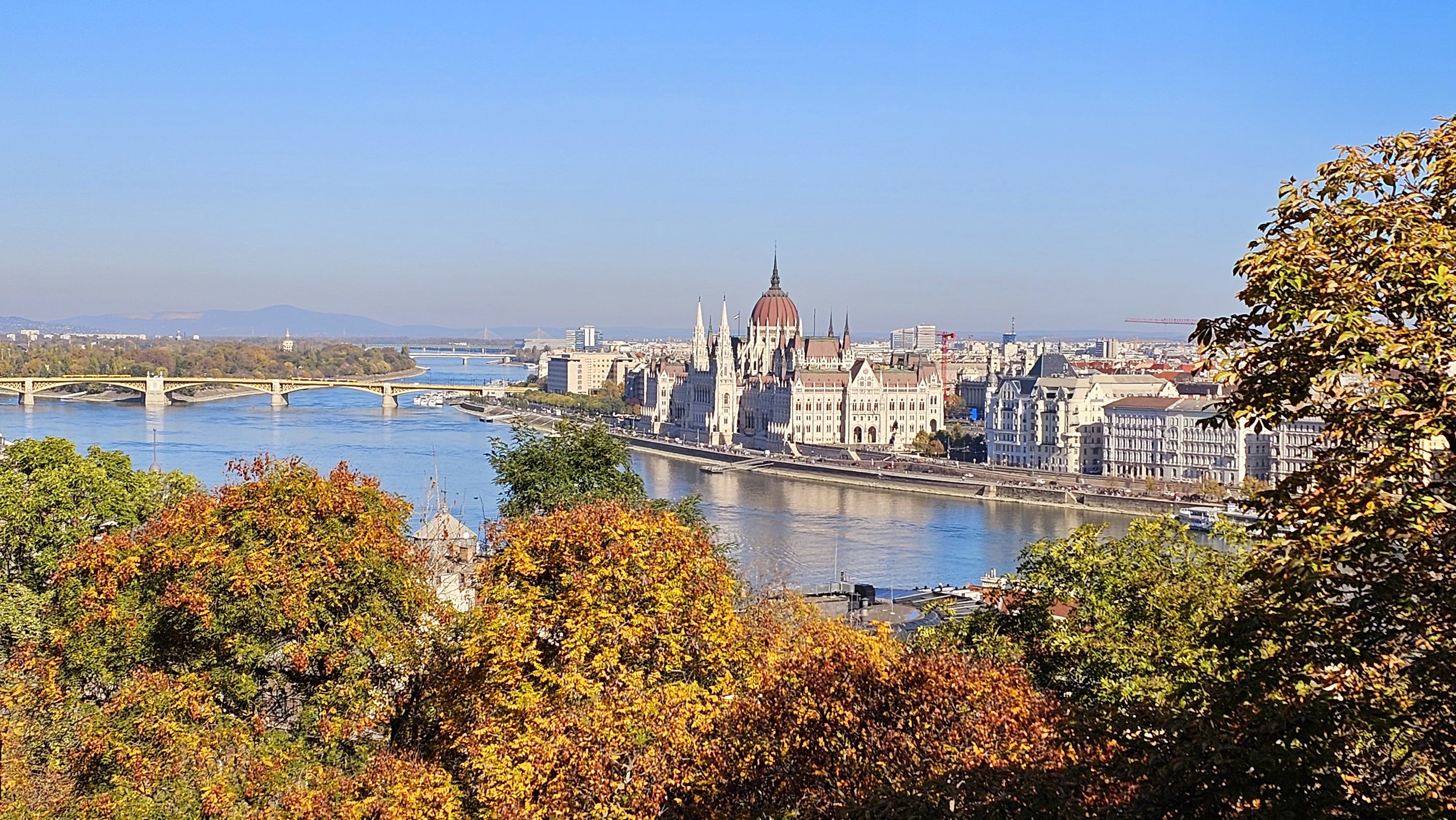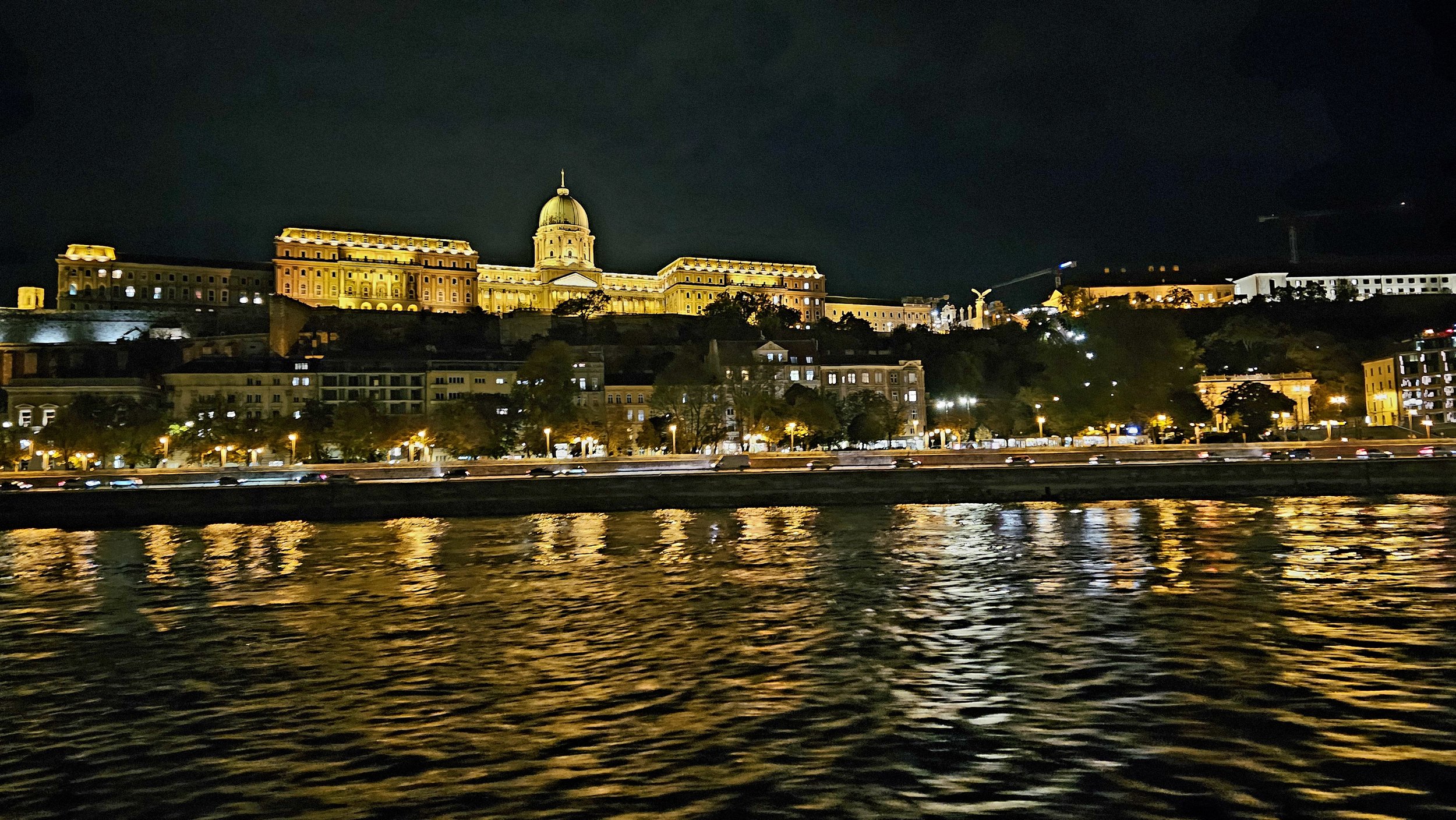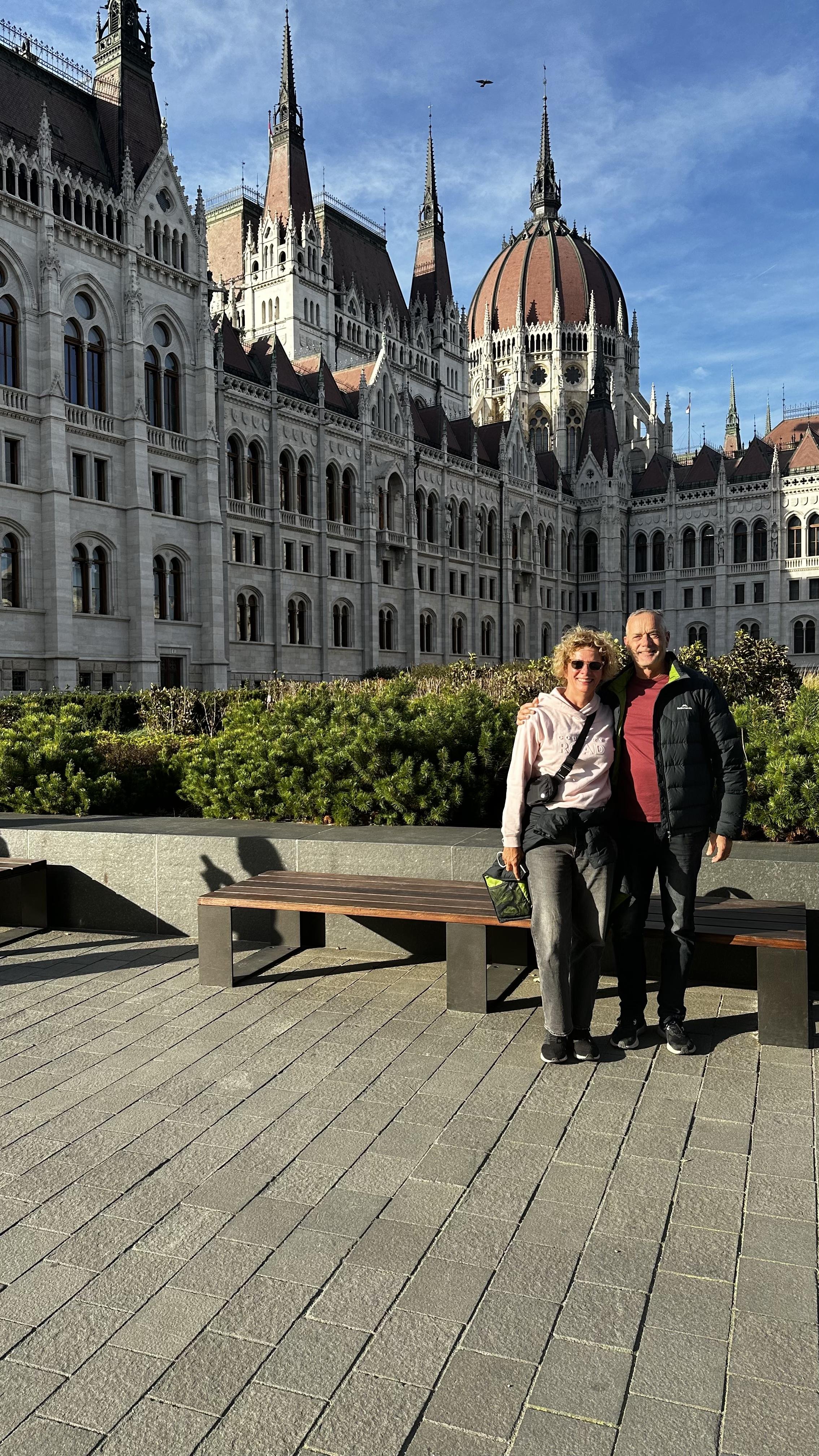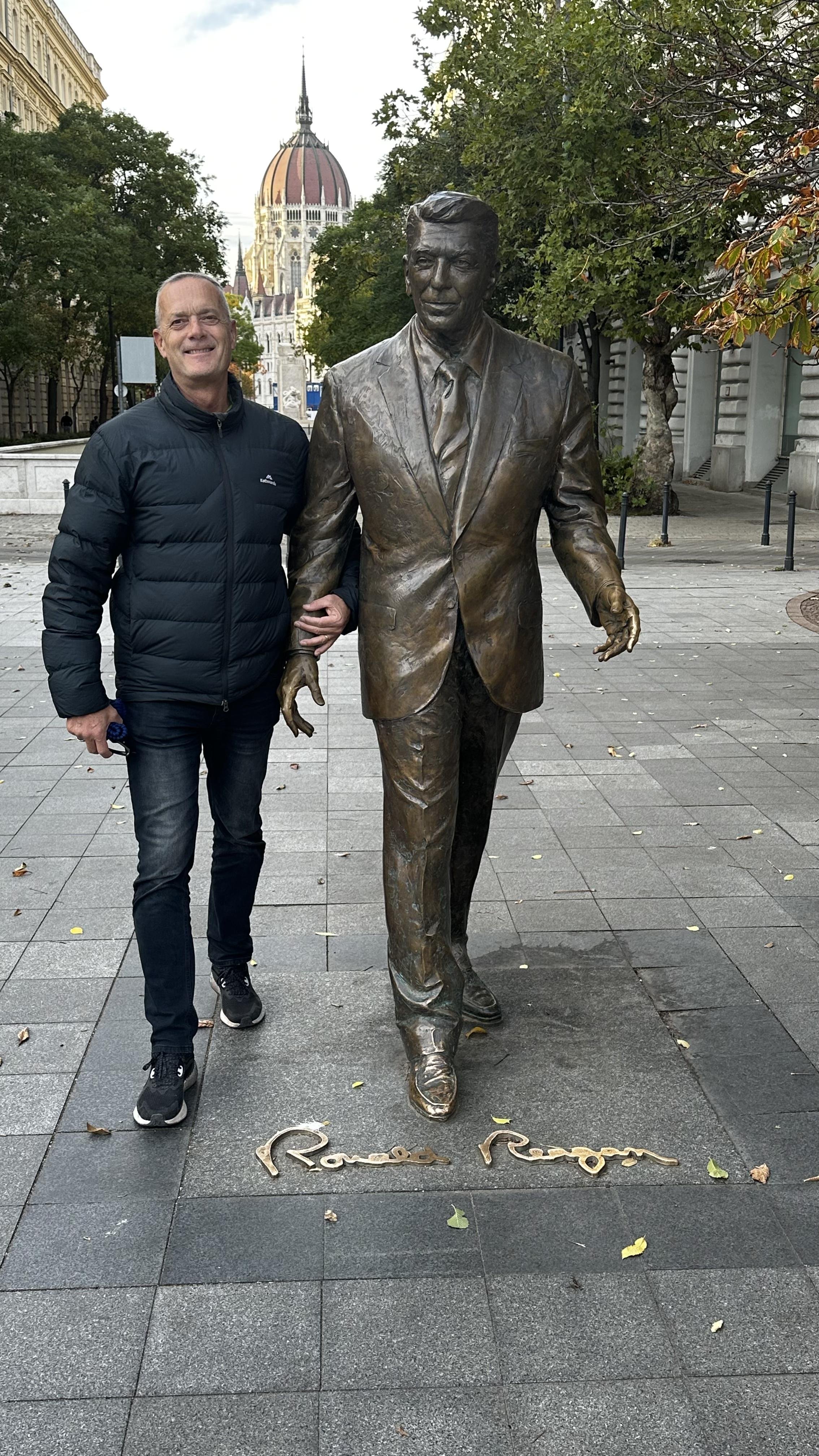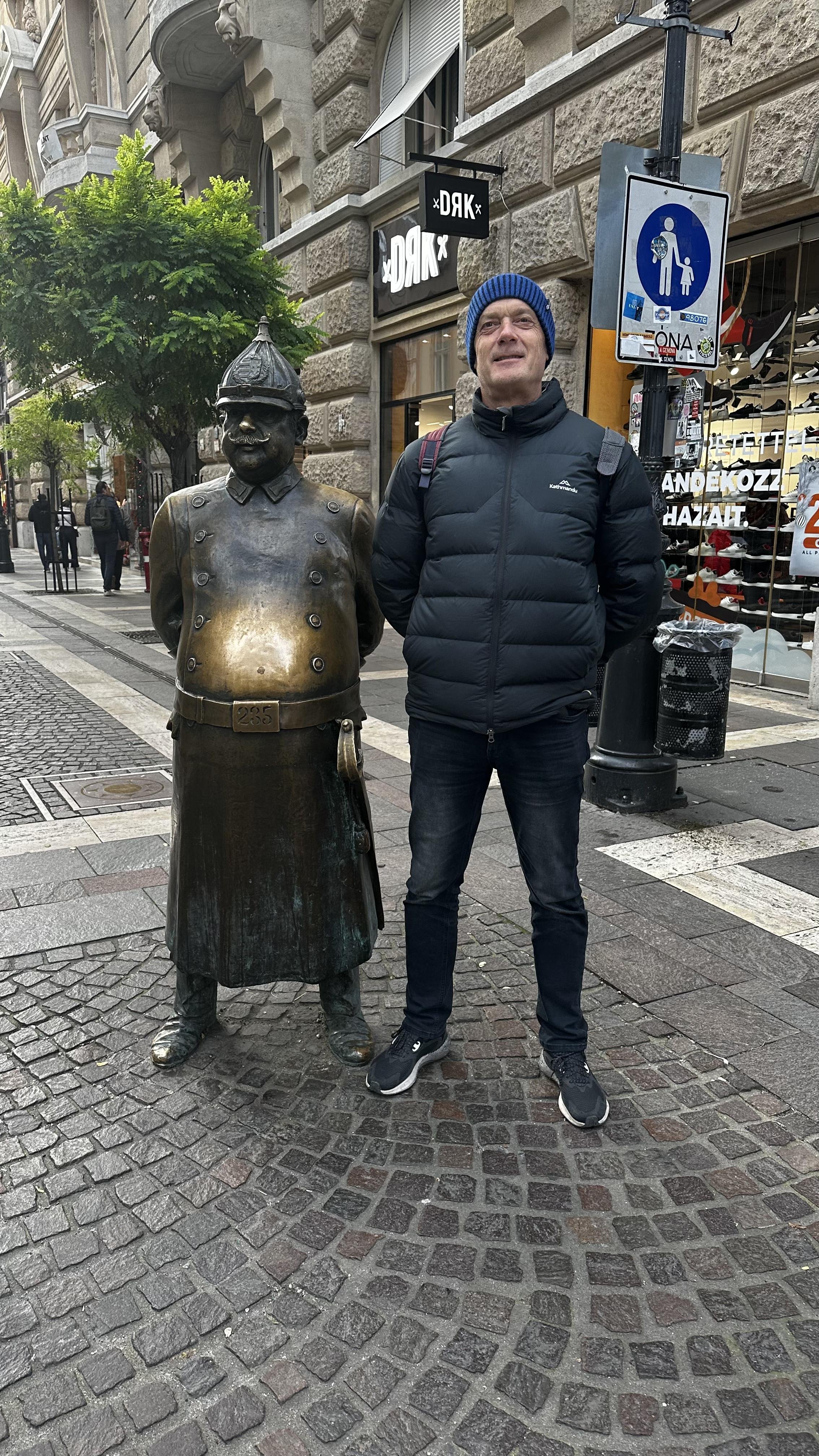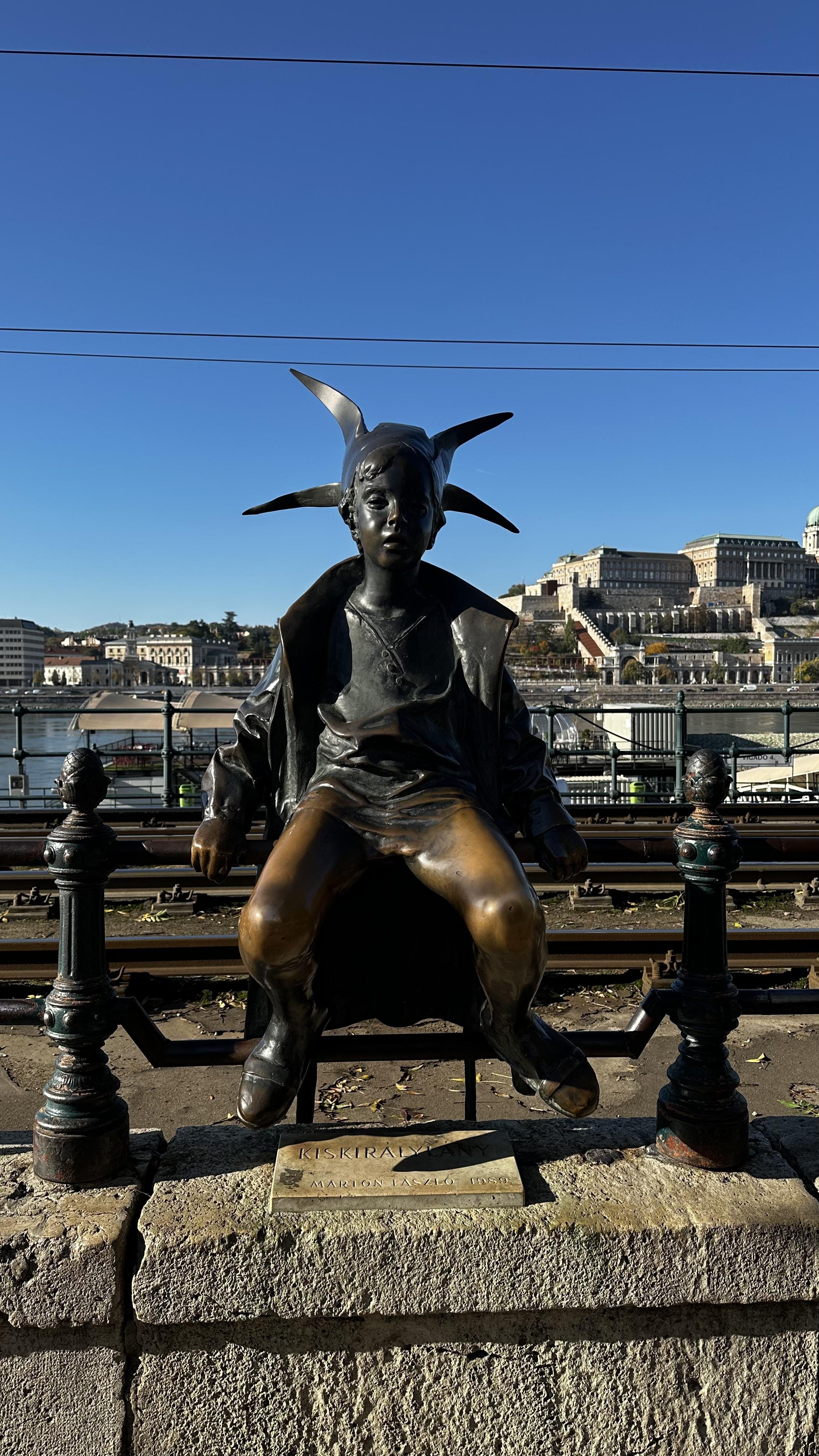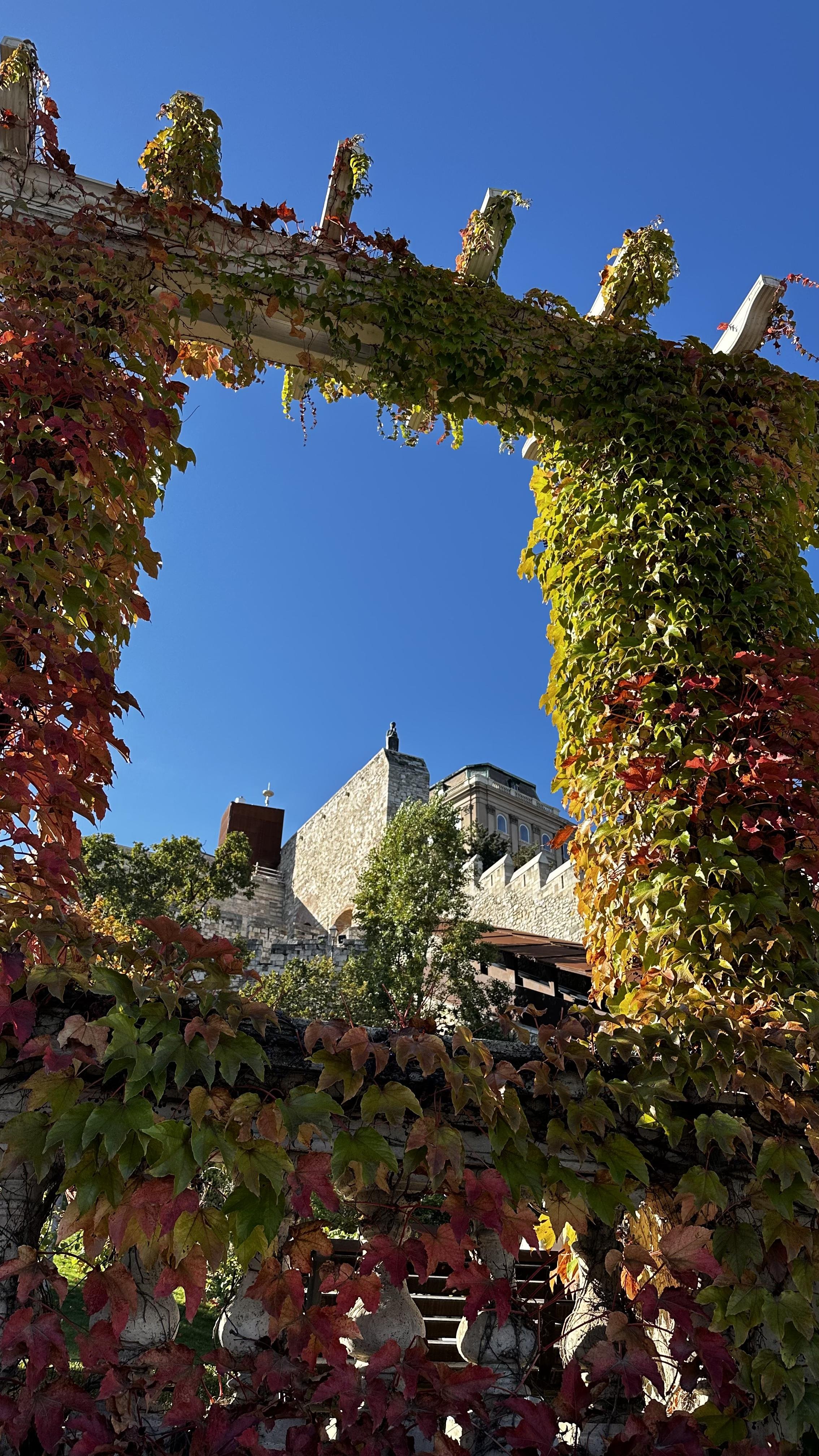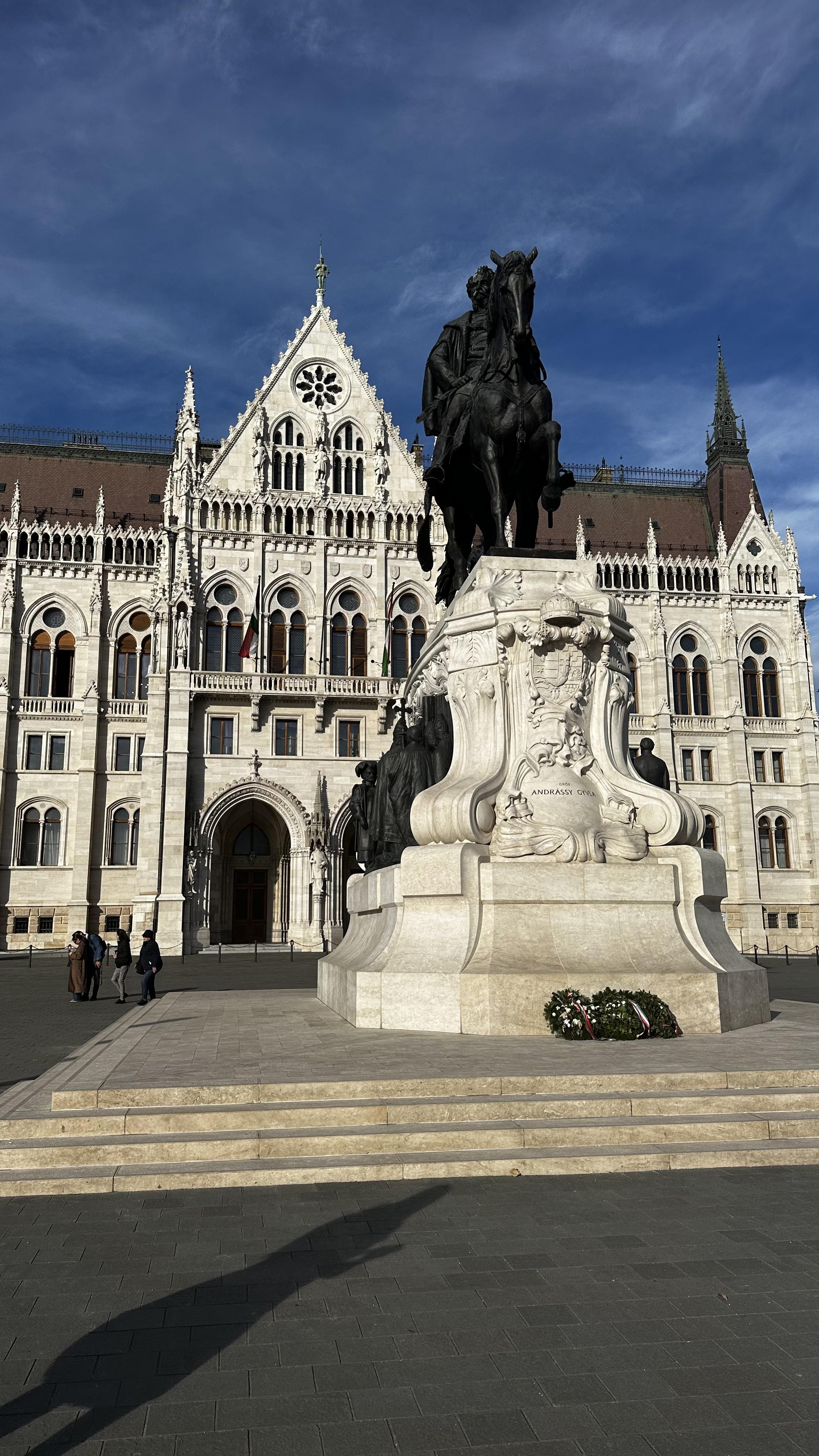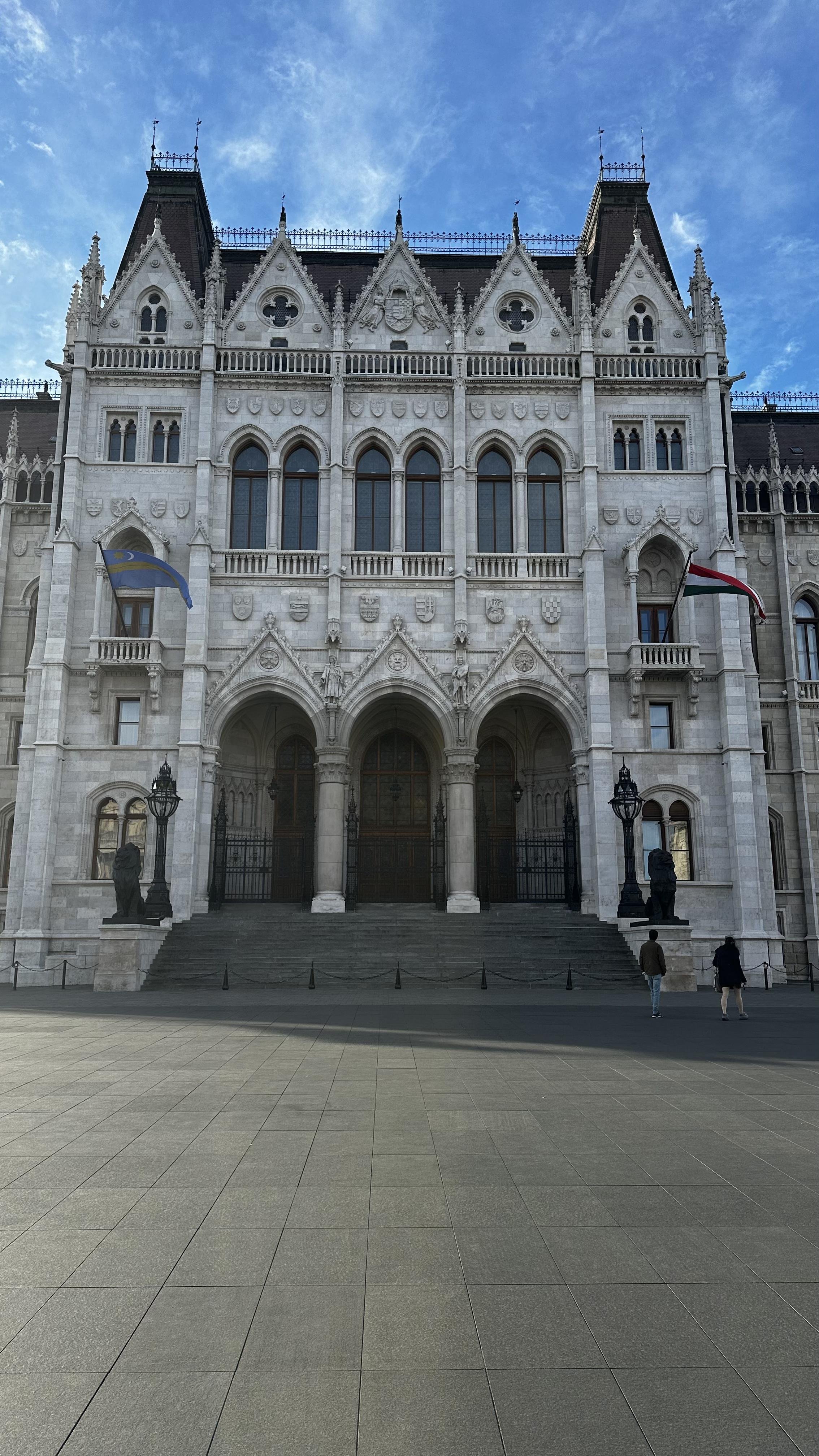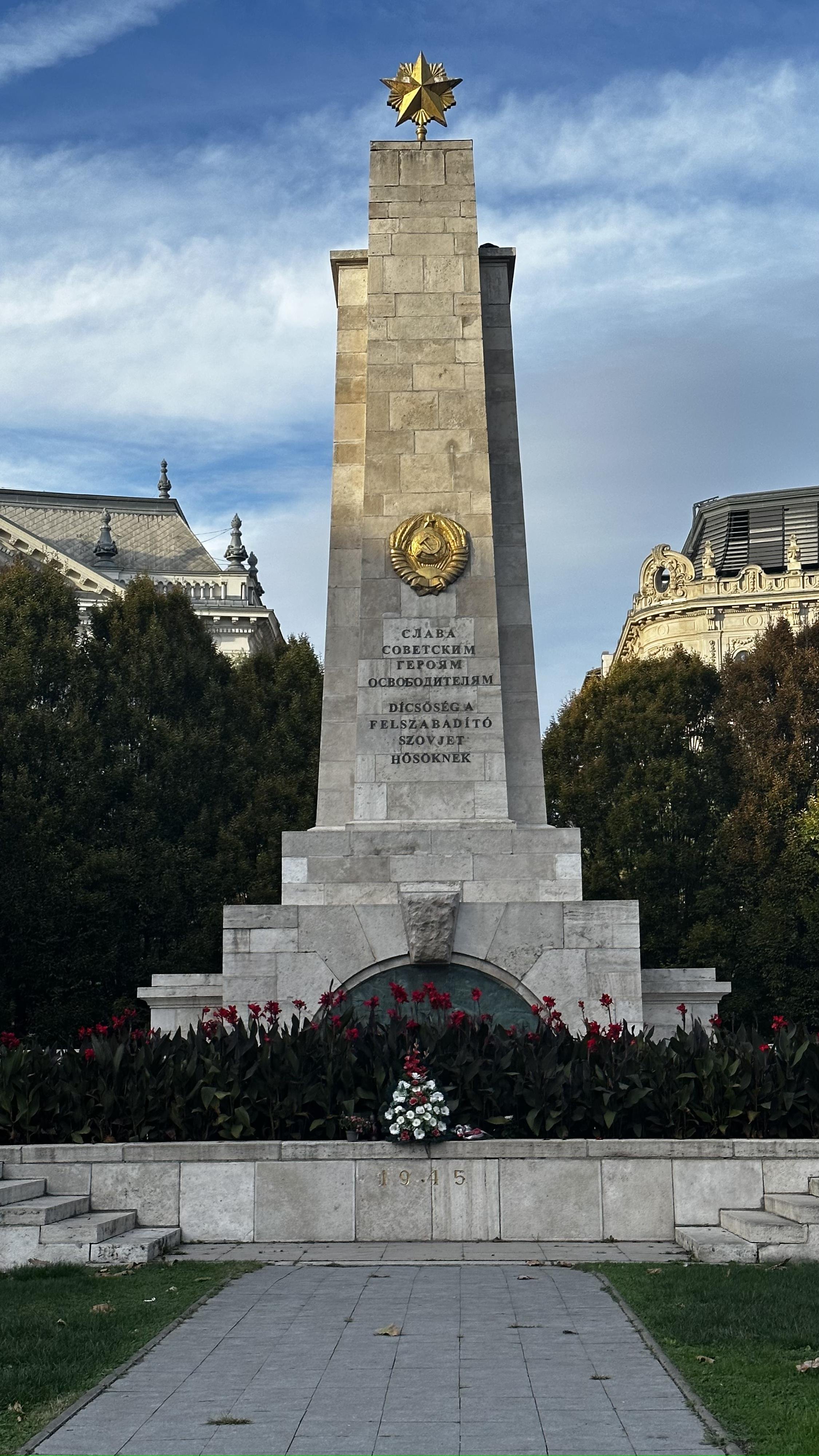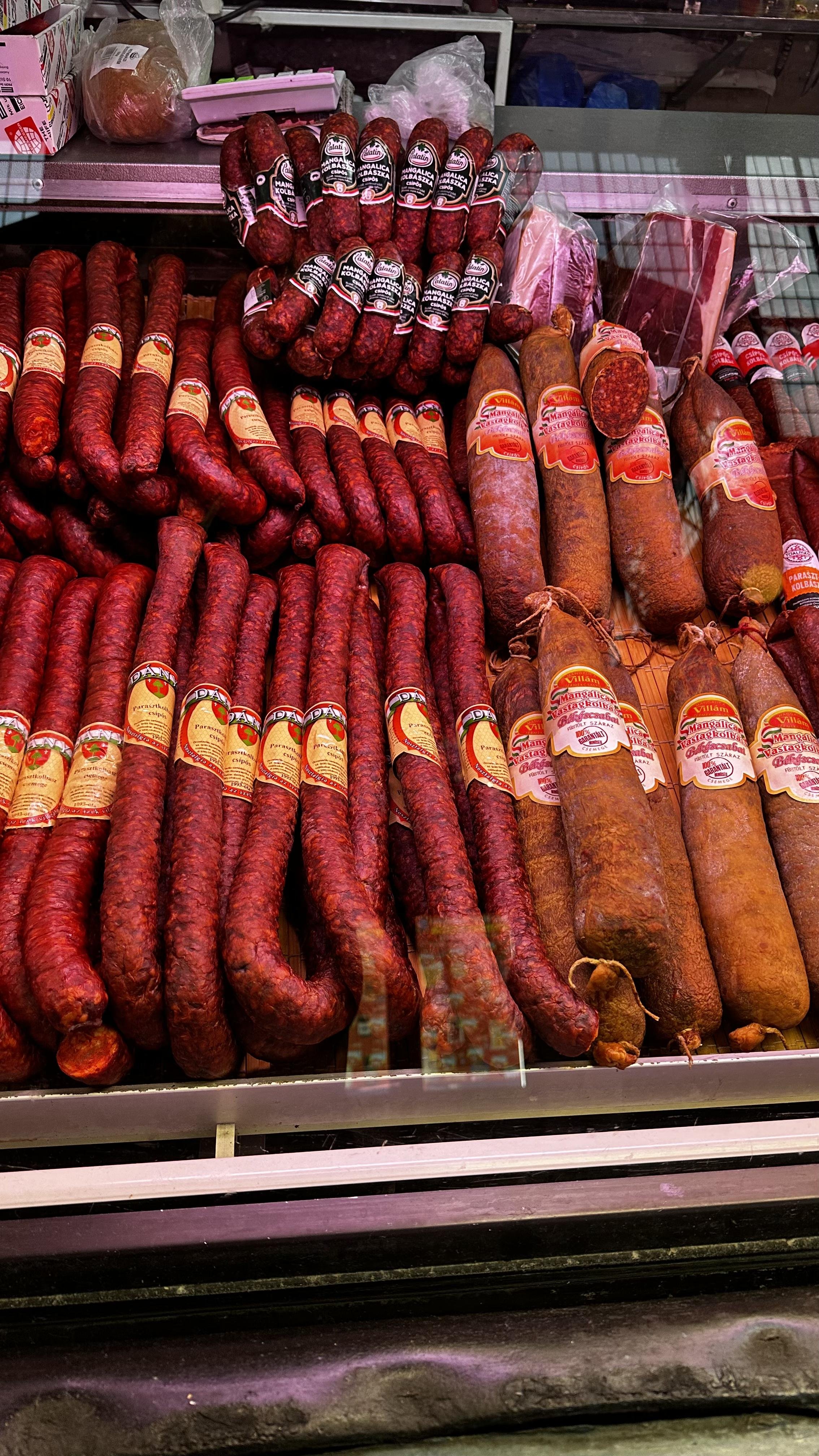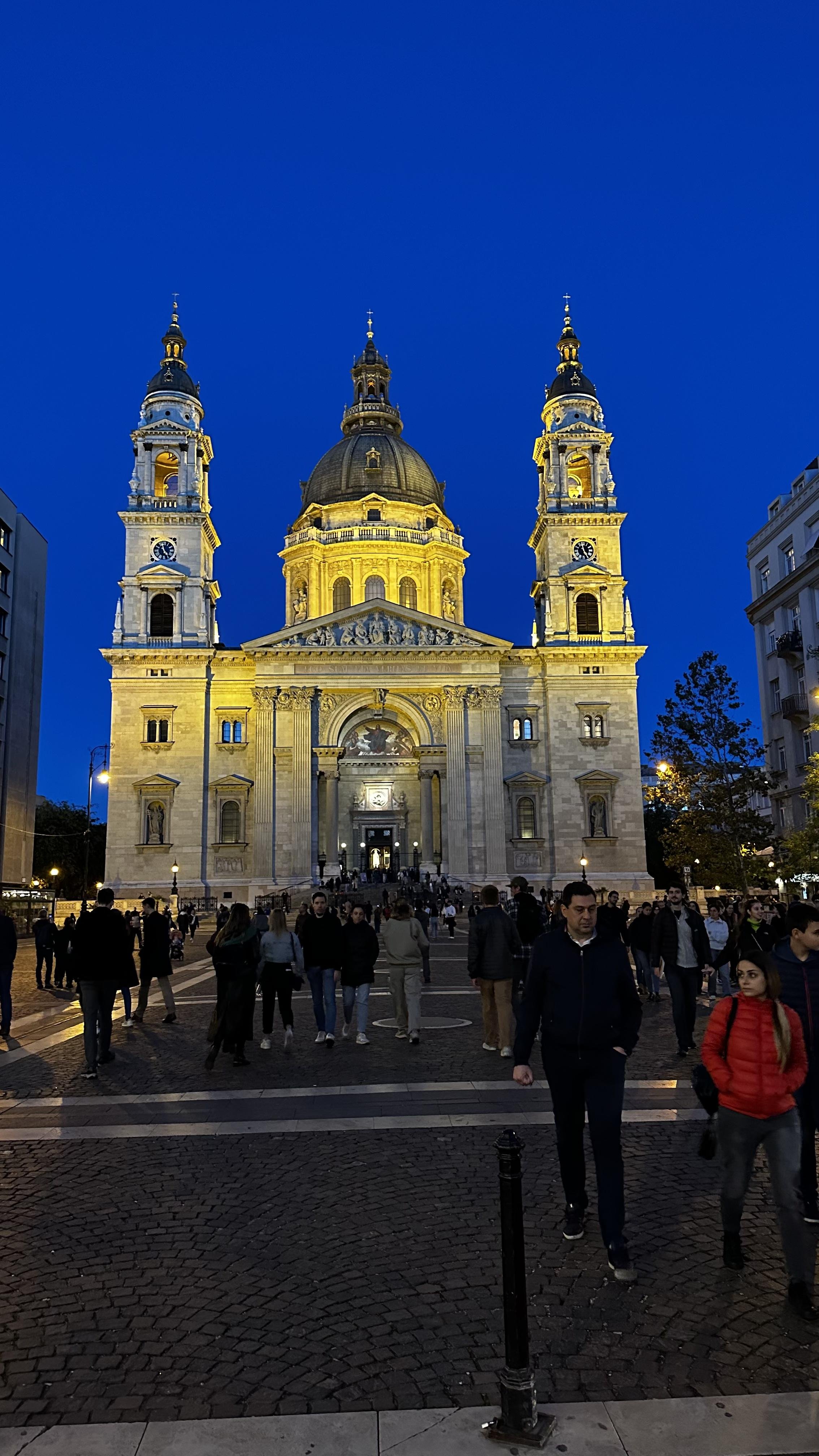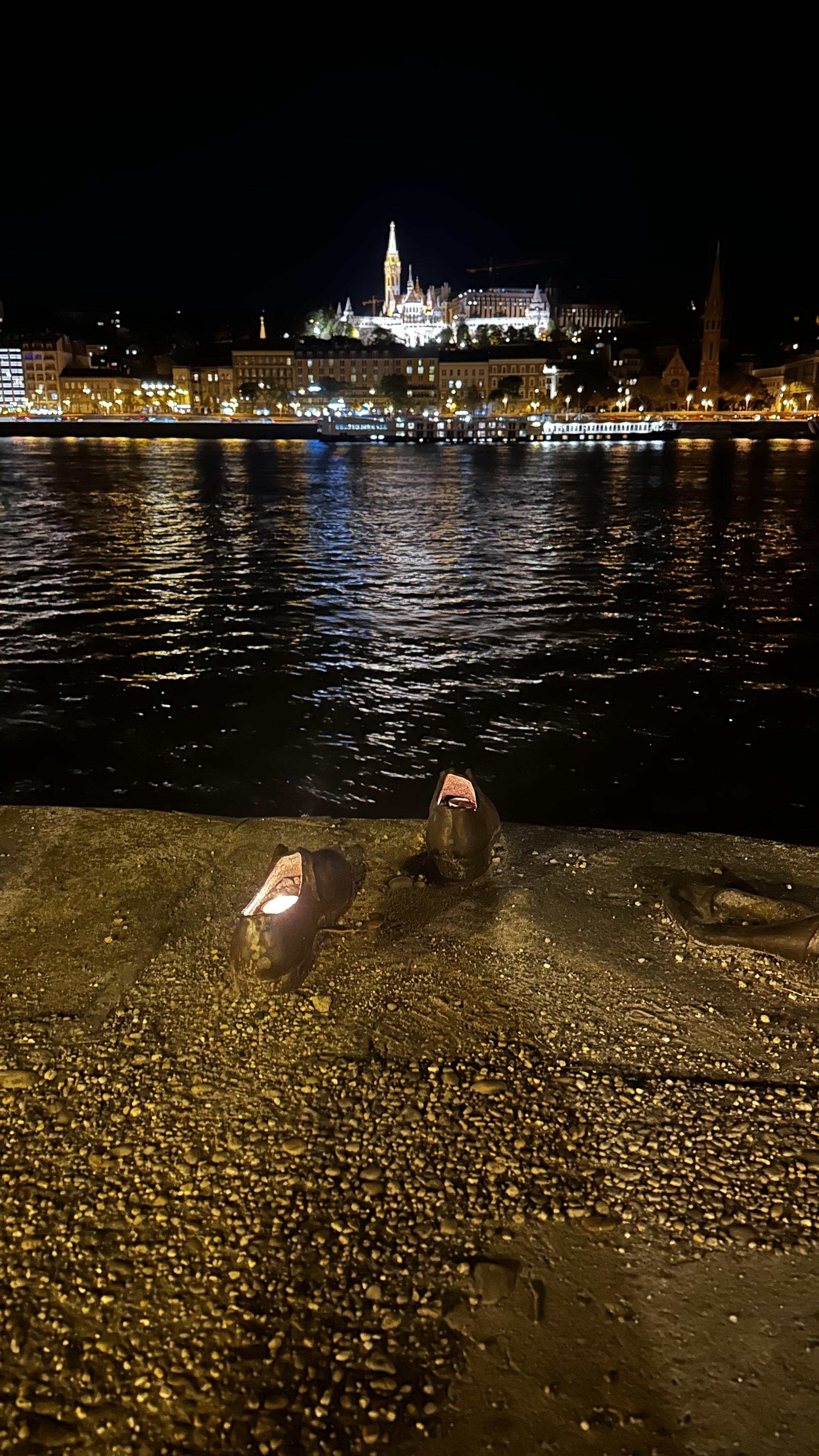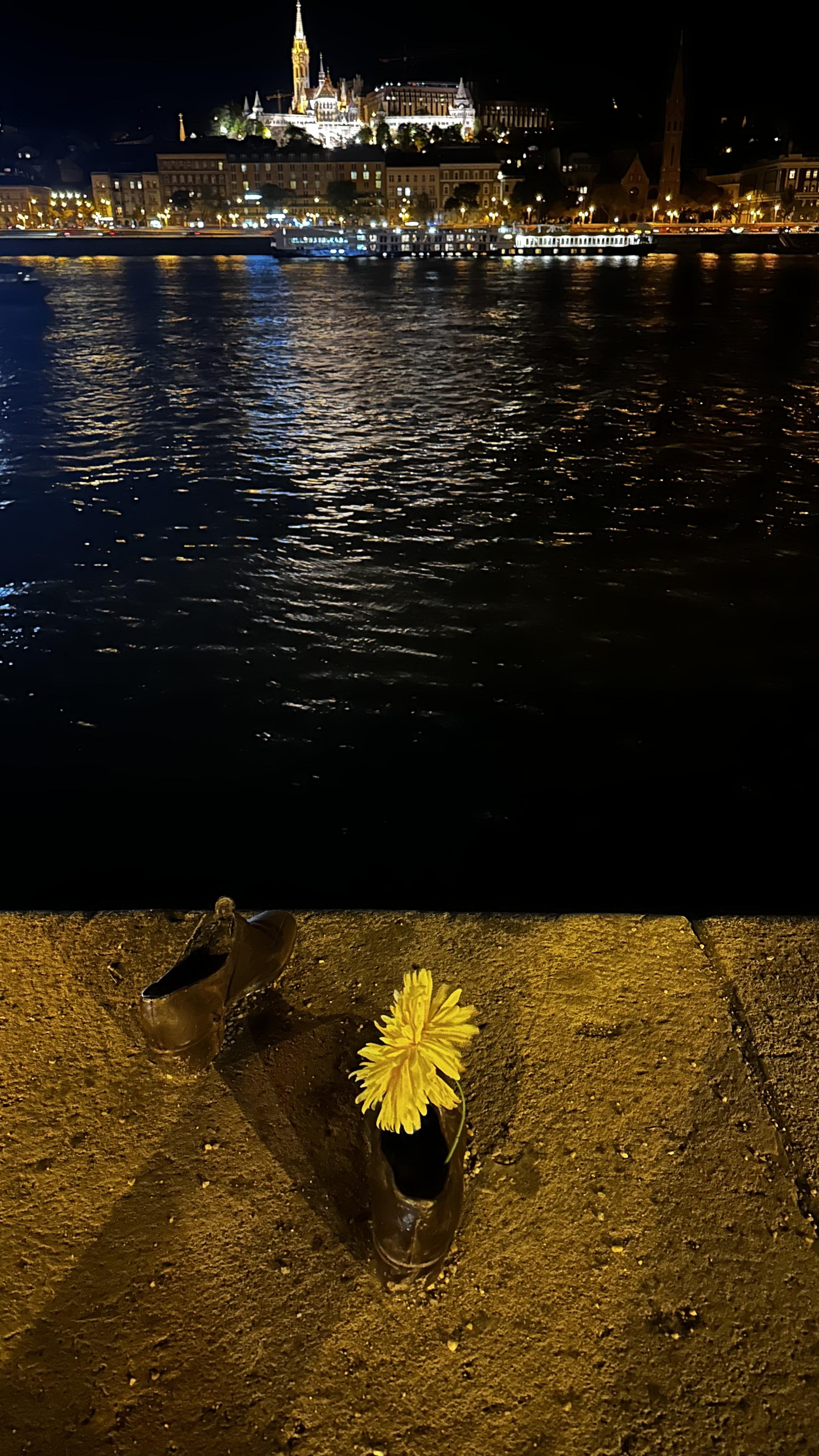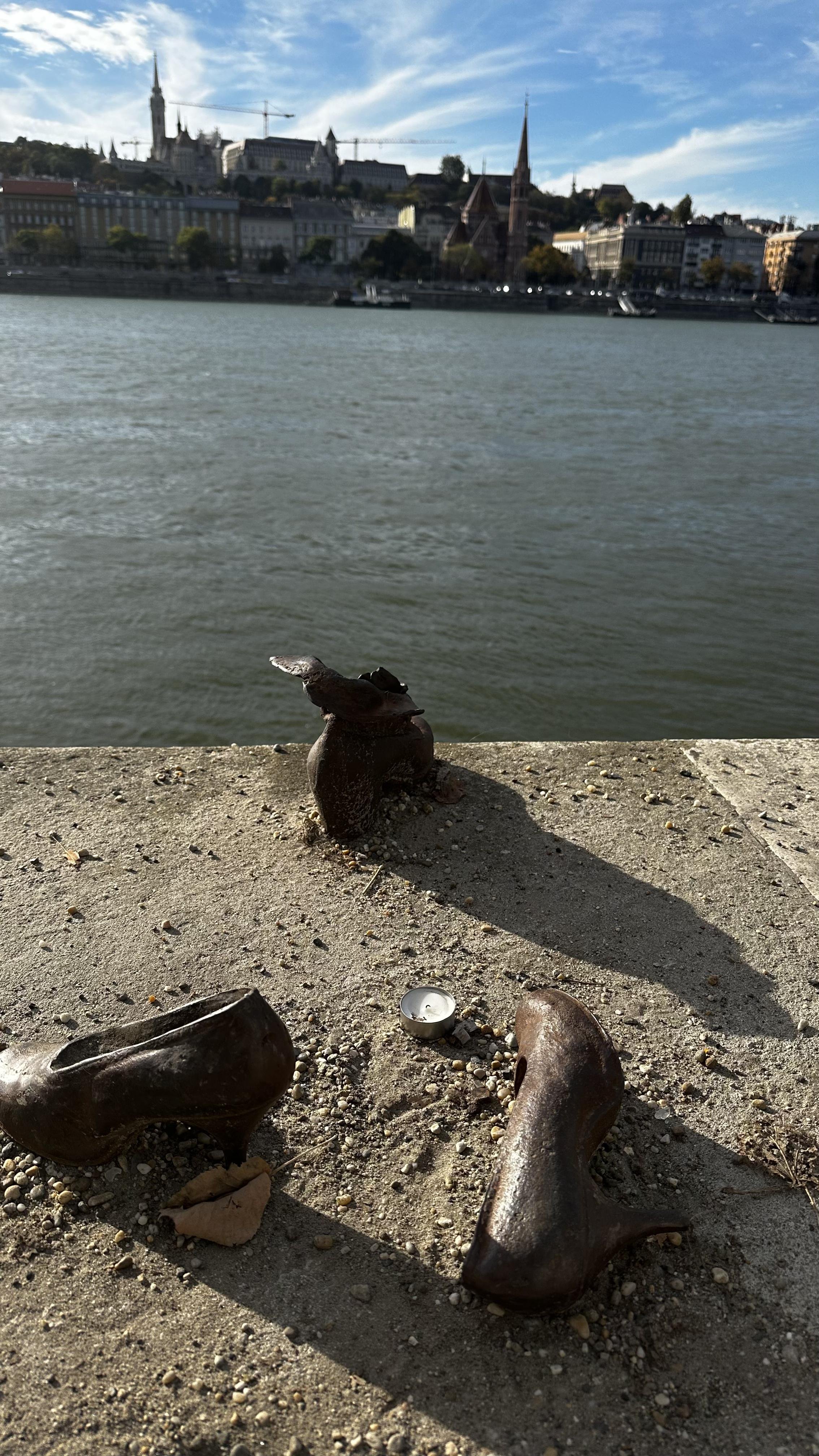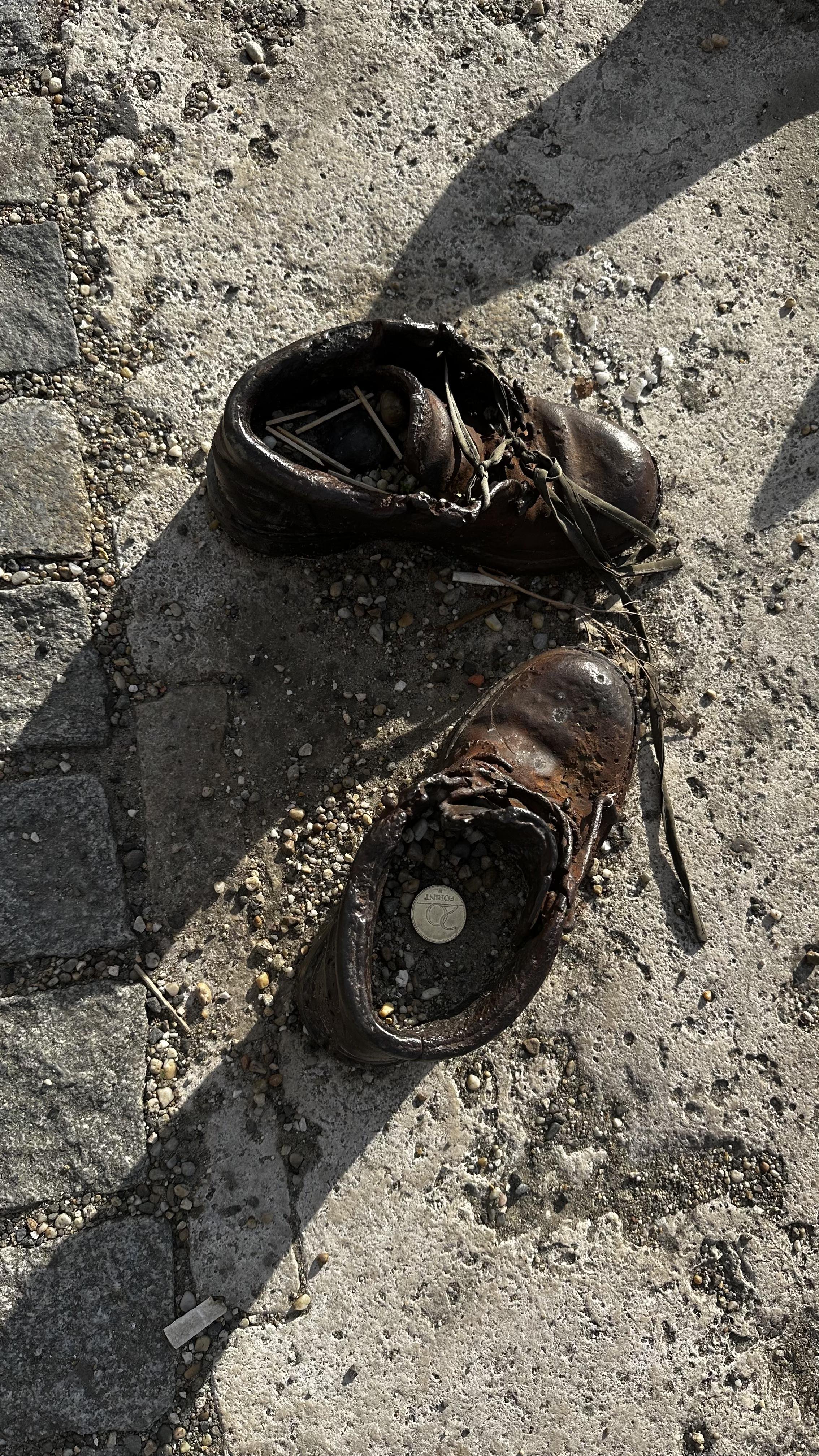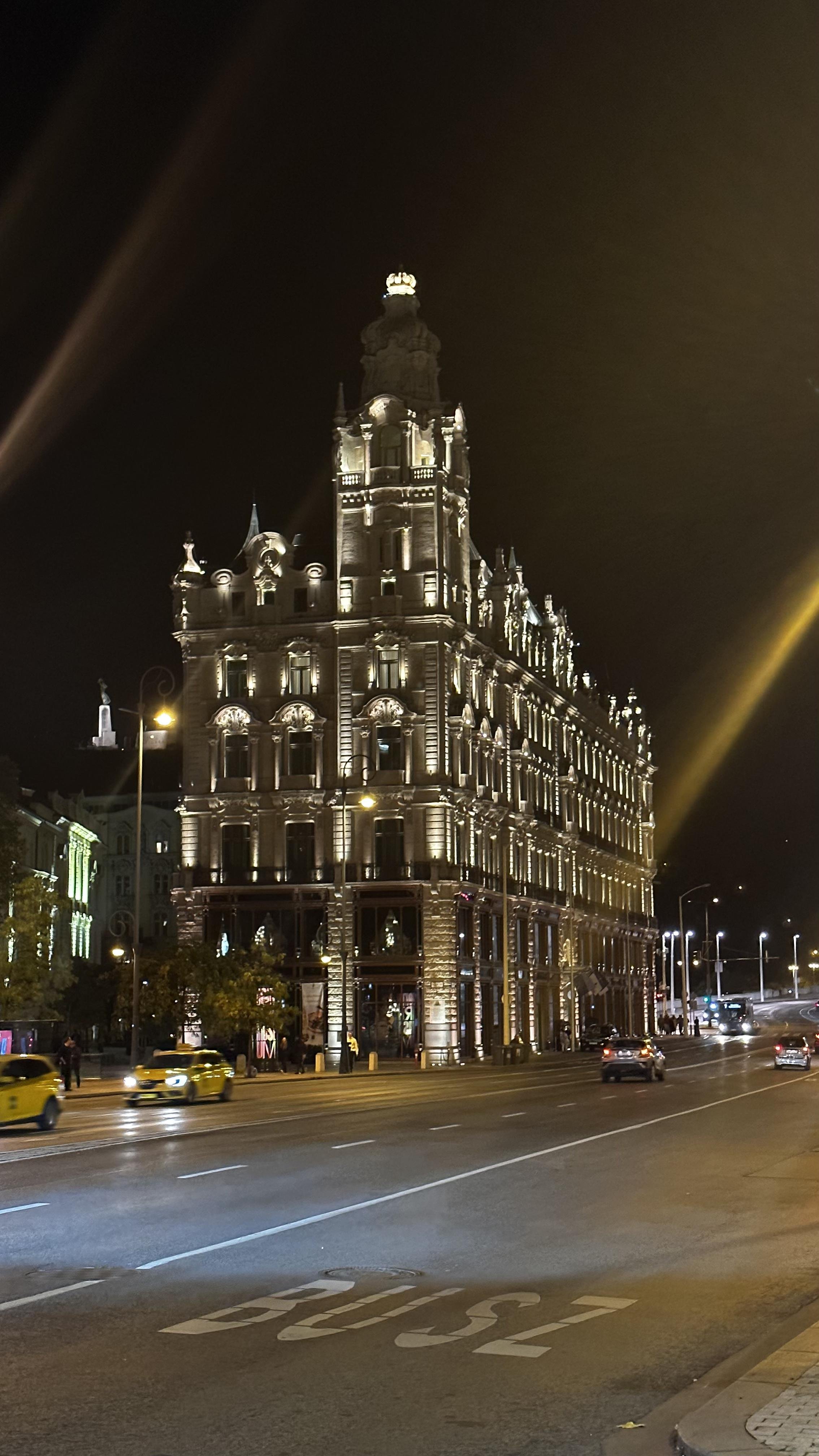Budapest - The city of two
Oh oh oh welcome to Budapest 🤩
I have written about the proximity of Europe being the one thing I miss the most since we have been living in NZ. We have maximised the opportunity to have a few spontaneous trips, and this time we drove from Belgrade to Budapest!
Oh oh oh Budapest is so beautiful. It is a magical place. I can hear you saying - come on Drazenka everywhere you went you told us it was beautiful. Well that’s true, but Budapest is the next level. It’s about the architecture this time.
We stayed a few days to explore every corner of Buda and Pest, I never knew they were two cities connected by a bridge! This is why I love to travel, you learn so much.
I know our history is complex, conflicting and often hard to understand. Well, Hungarian history is no better. Here comes a short snapshot:
Hungary is a Central European nation, that boasts a rich history dating back to the Magyar tribes' arrival in the 9th century. Crowned with its first king, Stephen I, in 1000 AD, Hungary became a kingdom. Over centuries, it faced Mongol invasions, Ottoman rule, and Habsburg dominance. The 1848 Revolution sought independence, but it was crushed. Post-WWI, the Treaty of Trianon (1920) reduced Hungary's size. WWII brought German occupation, followed by Soviet influence during the Cold War. The 1956 Hungarian Uprising against Soviet control and the eventual fall of communism in 1989 marked significant moments in its modern history.
Budapest beauty is magical, and its based on the best blend of what Vienna, Paris and Berlin have to offer, combined!
Straddling the Danube River, the city was officially united in 1873, combining Buda and Pest. Buda's historic Castle Hill offers panoramic views, while Pest is a bustling urban center. The iconic Chain Bridge links the two sides, it was so cool to walk over the bridge in day time and then see it lit up from the Danube river cruise at sunset. Oh, oh I have no words to describe the feeling…I caught myself crying…
Architectural marvels like the Parliament Building and Buda Castle showcase its grandeur. Buda Castle is under renovations, they are going to rebuilt it to resemble the original castle! I don’t know where they get the cash for such a massive undertaking, but I can tell you it’s a massive construction site today.
Parliament building, oh I have never ever seen a parliament building of this grandeur! I couldn’t stop taking photos, and it looks so different in daylight compared to nighttime. I like it better in nighttime, it’s magical, as if it was from another world. The story says that after a competition for the best parliamentary building design, decision was made to choose the design that would make the building better, bigger and more beautiful than anything Vienna ever had! The second and the third best designs were also accepted, one is the Agriculture Ministry and the other one is the Justice Ministry today, all three standing proud next to one another, looking so beautiful.
This rivalry between Vienna and Budapest obviously has its origin from the Austrian Hungarian times when Hungarian side was treated as a poor cousin.
Heroes' Square and the Fisherman's Bastion add to the city’s allure.
One more interesting fact about Budapest which is kind of spooky 👻.
You may remember my blog from Mali Lošinj where I told you a short story about the Villa Karolina where the Austrian Emperor Franz Joseph I spent time with his actress mistress while his wife Sissi accepted his infidelity as a fact of life.
Well, we stumbled across Sissi’s monument in the Elisabeth Square in Budapest, it was the starting point of our walking tour! And we learnt a lot more about Sissi.
It’s so fascinating how our trip had stories that connect without us planning it that way!
Elizabeth known as Sissi, was Empress of Austria and Queen of Hungary from her marriage to Emperor Franz Joseph I on 24 April 1854 at the age of 16, until her assassination in 1898.
She was loved by Hungarian people while Mr Joseph was not so popular. It was Sissi who developed a deep kinship with Hungary and helped to bring about the dual monarchy of Austria-Hungary in 1867.
We visited a monument that made my blood shiver, The Shoes on the Danube Bank. It is a memorial erected on 16 April 2005 to honour the Jews who were massacred by fascist Hungarian militia belonging to the Arrow Cross Party in Budapest during the Second World War. They were ordered to take off their shoes (shoes were valuable and could be stolen and resold by the militia after the massacre), and were shot at the edge of the water so that their bodies fell into the river and were carried away. The memorial represents their shoes left behind on the bank. I felt unwell, and couldn’t help myself but to reflect on the current situation in Gaza. Will we ever stop with this madness? It just keeps getting worse by each day, it is horrible what’s happening around us. One tragedy after the other 😢.
And finally a few interesting facts:
Hungarian language comes from Asia, it has no connection to Slavic or European languages. 10,000 artificial Hungarian words were made up in the 1800 to modernise the language.
Hungarian religion is 30% Roman Catholic, followed by Protestants, however less people declare themselves religious today than in the past.
Soviet Monument- we often hear about the clash of political regimes. The manifestation of that clash is represented with a Soviet monument and its location. One of the very few remaining Soviet monuments in Budapest occupies a prominent place in the middle of Freedom Square. The monument honours the soldiers of the Red Army, who died in 1944-1945 during the liberation of Budapest.
The monument is both an essential representation of the horrors of war, and a controversial subject for many Hungarians. On the one hand, it commemorates the fallen soldiers of the Soviet army, and on the other, it is a symbol of a regime, which sometimes disregarded human rights. Ironically, it is situated in the Freedom square in Budapest, right next to the American embassy. Particularly interesting was the reaction of American officials in the country to this situation. Instead of confronting the issue directly, they undertook other measures. In 2011 they built a statue of American president Ronald Reagan, famous for his hard line against communism, right nearby the monument. And a few years later the statue of the president George Bush. These works of art represent the clash of two political systems and their cultural differences, right in the center of Budapest.
The flag of Hungary has seen several changes over the centuries. The most significant change occurred in 1956, during the Hungarian Revolution, when protesters removed the communist coat of arms from the middle of the flag, leaving a hole which became a symbol of the revolution itself. The flag with a hole is always displayed on the Parliament building between 23/10 to 4/11 to keep the memory of the revolution against Soviets alive.
The Danube, Europe's second-longest river, flows through ten countries, originating in the Black Forest and emptying into the Black Sea. It spans 2,850 km, touching landscapes diverse in culture and history. The river has played a crucial role in trade, transportation, and folklore, contributing to the region's rich heritage. So far we’ve seen its beauty and its abundance by visiting Ðerdap, Belgrade and Budapest two capital cities starting with a letter B. There are two more, guess what they are? Or wait for future blogs as we continue to travel alongside Danube into the winter months.
So, here you go, after a great time in Belgrade, a spontaneous trip to Budapest we are ready to go to the next destination.
Where to?
Hm hm hm, something is planned, the rest will be about the beauty of Europe proximity.
Stay tuned 🎵
BUDAPEST Photo Album
